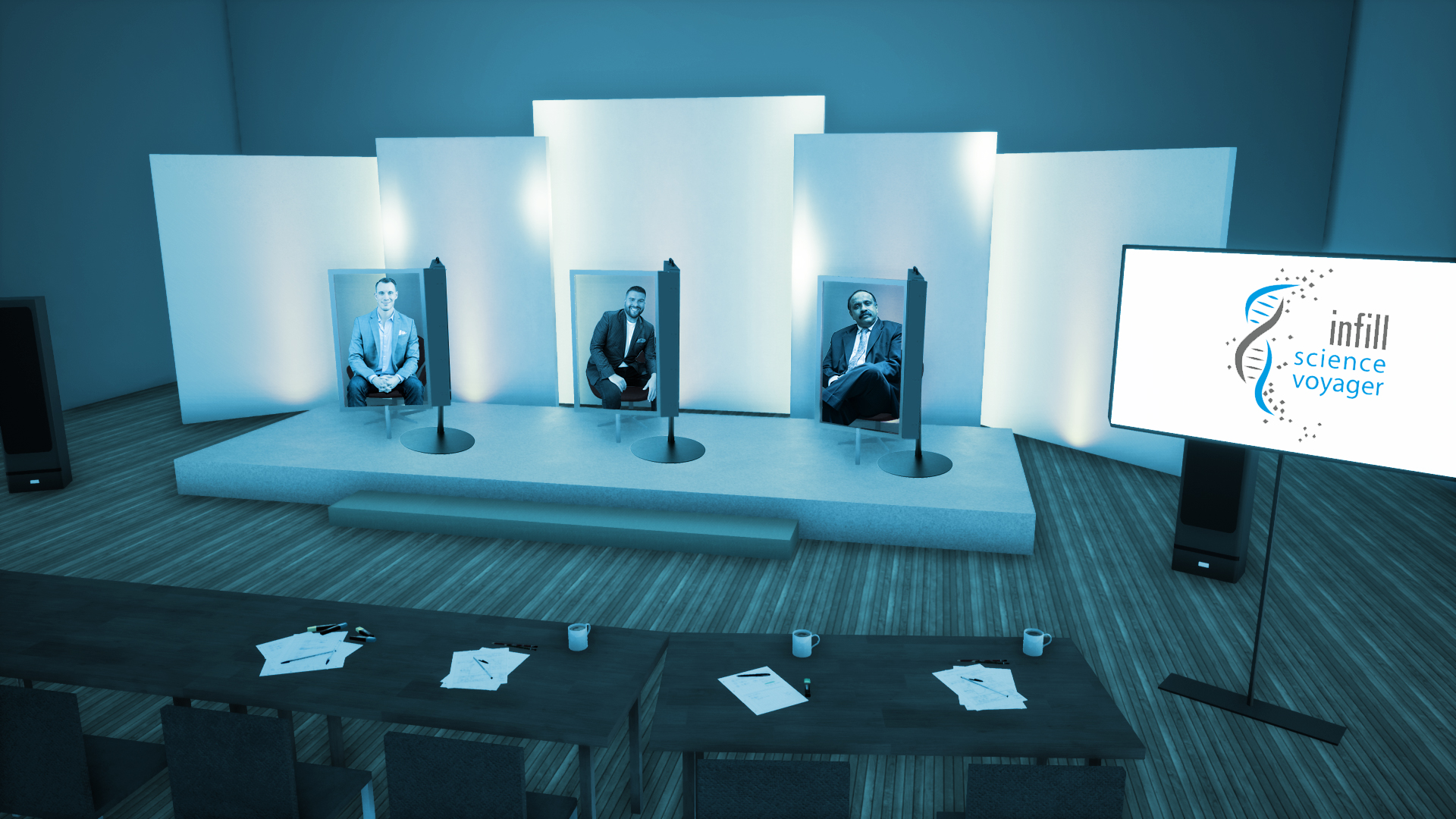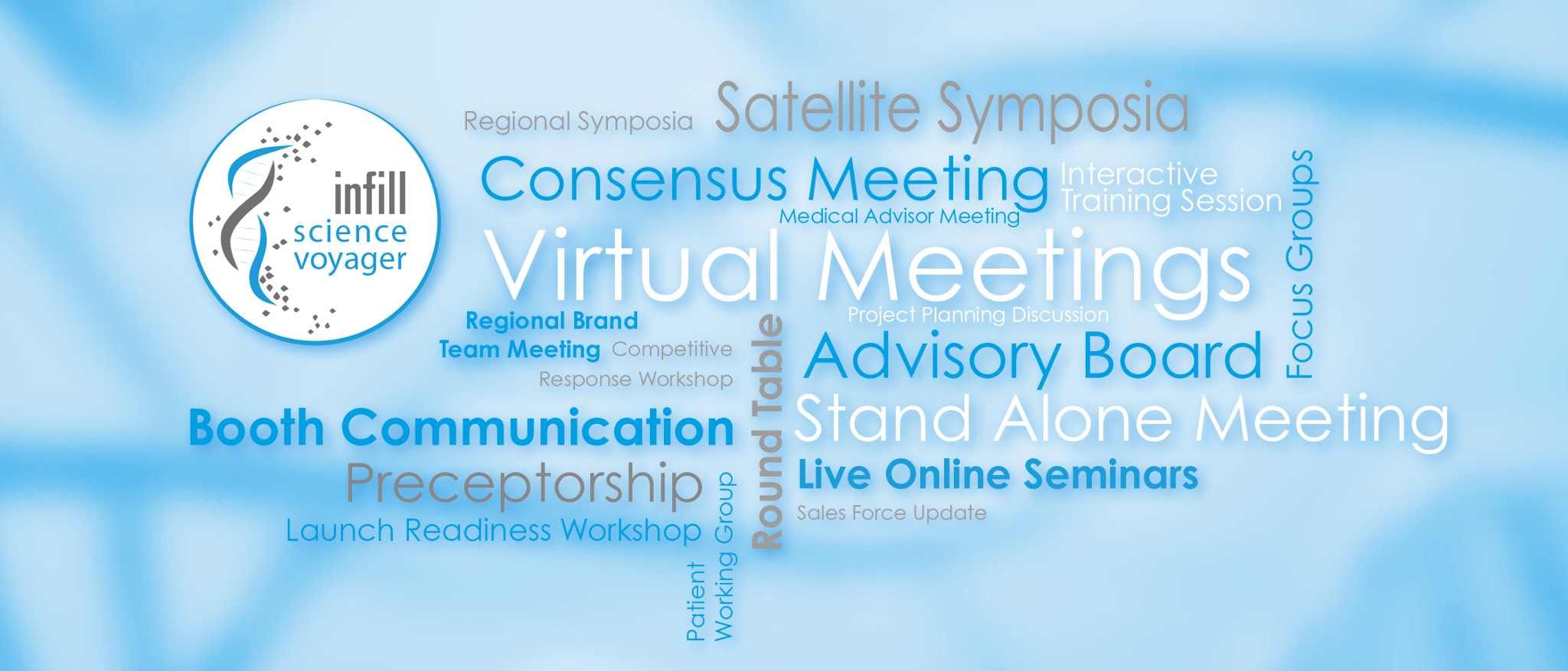Learning with a magic touch
Modern technology has revolutionised learning and the way we interact with information. Touch tables are one of the latest examples. They have set a benchmark by integrating cutting-edge technology with sleek, functional design. Let’s delve into what makes interactive touch tables such an asset for healthcare communication and how they can be put to use in training and showcasing situations.
An ideal interactive tool for different target groups
Essentially a horizontal touch screen, these tables allow users to zoom in, rotate, and interact with digital twins of traditional print or visual products in ways that static displays cannot. The key feature, however, is object recognition. Chip-activated objects – such as minified 3D-printed versions of larger products, company logos or product samples – act as cues to the system to display topic-specific digital content. Prompted with different key words, users can explore the information and create their own multi-media mind map. This guided, yet user-driven content can be downloaded in parts with the aid of a QR code.
Touch table with object recognition in action
Uses and applications
This technology is particularly attractive for booths, not only if you are part of the diagnostics industry and would otherwise need to transport large products or devices. Although they are intuitive, touch tables present a wonderful opportunity to engage with customers to explore different topics and/ or explain the workings of particular products or services on a multi-window display.
Unlike traditional presentation setups, touch tables allow multiple users to engage with content simultaneously. Whether used for immersive learning experiences, interactive presentations, or detailed product showcases. the opportunity to customise content for different user needs makes them highly adaptable for internal and external trainings for example. Expert meetings in group sessions, salesforce trainings, or even a large display in production coordination hubs are possible.
Key Benefits
| Object Recognition
Recognize 3D-printed models, linking physical objects to interactive digital content |
Ease of Use
Intuitive software and plug-and-play capabilities ensure minimal setup time and user-friendliness |
| Enhanced Communication
Multiple objects can be used simultaneously, allowing multiple users to interact and engage in conversations |
Environmental and Economic Advantages
Reduces the need for printed materials, contributing to sustainability and reusability |
If you are curious about integrating interactive touch tables with object recognition into your booth or training scenarios, we would be delighted to give you a demonstration. If you would like to explore the various available solutions, please contact us at info@infill.com.
Author









